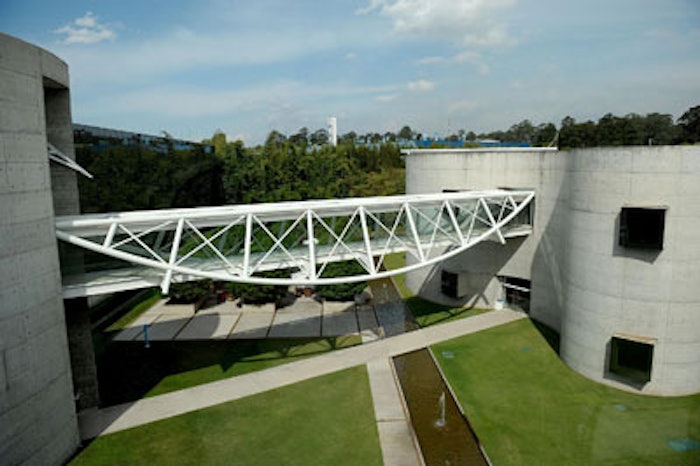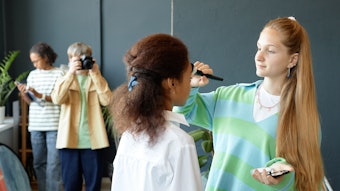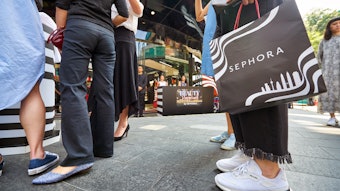
As part of its first-hand exploration of the Brazilian beauty industry—courtesy of the Image Project, hosted by ABIHPEC (Brazilian Association of the Cosmetic, Toiletry & Fragrance Industry)—GCI magazine toured Natura’s corporate facility just outside of São Paulo. The company (founded in 1969 by Antonio Luiz da Cunha Seabra, who introduced products to prospective consumers “with a rose and a card”) has a unique operation—mixing a humanistic approach with a highly technical one. It is both very modern and very focused on the environment, while remaining beholden to a ranging scope of stakeholders. Along with a business model that relies on consultants for sales (more than 718,000 represent the company), this have proven to be a very successful business model.
In 2007, Natura manufactured more than 225 million products, serving 50 million consumers, while maintaining its mission to “create value for society As a whole, generating integrated results in the economic, social and environmental sectors.” Revenues in 2007 grew 10.6% over 2006, to reach R$4.3 billion, generating an initial return on net equity of 72.1%.
Also in 2007, the company launched a carbon neutral program—outlined by research and technology director Daniel Gonzaga for GCI at a luncheon—designed to reduce and off set its emissions of greenhouse gases. In addition, the company has engaged its suppliers in efforts to reduce emissions along the entire value chain. Natura works with approximately 4,800 suppliers, with about 15% providing production inputs, and one of its primary focuses in these relationship and its innovation process is the sustainable use of Brazilian biodiversity in product creation, striving to maintain a balance between the use of natural resources and their capacity for regeneration. The company, therefore, supports organic production models, agroforestry systems and sustainable agriculture. The company studied the environmental impact of its products, and replaced part of the alcohol used in its perfume in 2007, re-assessed the environmental impact of extracts ingredients (78.8% of the raw materials) used in products were of a renewable plant-based origin.










